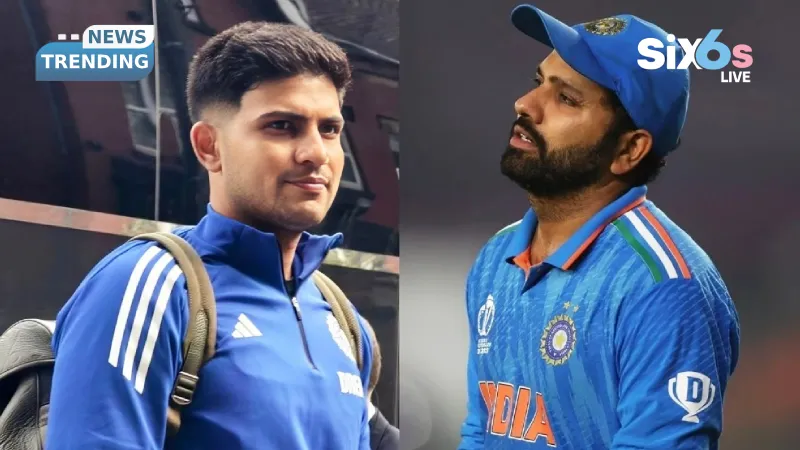Shubman Gill has been appointed as India’s new ODI captain, and the timing is deliberate: Rohit Sharma and Virat Kohli come back to 50-over a break, while the three-match ODI series in Australia is the best laboratory for Gil’s new leadership role. With the first of three ODIs in Perth from October 19 and five T20Is thereafter, selectors can experiment with leadership, man load, and keep senior experience around while experimenting with new combinations. Fans are looking forward to deliberating line-ups and roles and getting an initial glimpse of how youth and experience meld on fast pitches.
Why Gill? The leadership lift
Gill’s elevation stems from form and temperament. He led India in Tests throughout the year with consistency, and being the top run-scorer at the end of the England series is proof of the type of determination selectors admire. An opener as a captain can play with power plays, rotate the strike at the start, and make decisions in the field, looking at it from a top-order lens. Rohit and Kohli return as batters, and primarily, Gill can lead without too much of a batting burden. His runs matched with clever tactical options in the first few games will elevate his leadership reputation quickly and seamlessly.
Squad signals: balance, experience, and a few surprises
The ODI 15 combines young and experienced players, and both batting, spin, and seam. The selections of Nitish Kumar Reddy in both of the white-ball squads and Mohammed Siraj’s recall to the ODIs show a need for pace and bench strength. Selectors explained the exclusion of Ravindra Jadeja as being a tactical decision to not take two left-arm spinners to Australia, which allows Washington Sundar and Kuldeep Yadav to take more defined specialist roles. Overall, the selection appears that the pace-first plan for Australian surfaces is preferred, with other players identified as back-up.
Workload, World Cups, and smart rotation
It is quite apparent that the subtextual theme is about managing workloads while keeping one eye on major tournaments in the lead-up. Jasprit Bumrah has been named in the T20 squad but rests from the ODIs, suggesting a plan to purposefully manage premier quicks. This management will properly rotate seamers, give all-rounders valuable time, and test bench players in genuine pressure situations where they can rely on them down the line. This thoughtful management of workloads is not only to keep strike bowlers fresh, but also gives back-up options time to develop and be at their peak come the important moments, and that is where sports science will play a big part in decisions.
The opener at Perth on October 19 will show if India can weave a cohesive white-ball plan: youth-led leadership with Gill, veterans Rohit and Kohli in stabilizing roles, and a rotation scheme that protects critical assets. Early tactical decisions, batting orders, and seam rotation will show the selectors’ focal points and likely shape advanced planning for the 2027 World Cup. This tour is consequential experimentation, and its outcomes may guide India’s white-ball roadmap for the next several years. Who is your pick to make the biggest impact on this tour and why?
Stay updated on the latest cricket news and exciting updates at Six6slive. Dive into our in-depth articles and analyses to connect with the action today!
